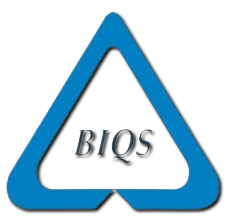CE Marking – Product Certification
The CE marking, often seen on products within the European Economic Area, stands for “Conformité Européenne” (Conformity with Europe). This marking signifies that products have been assessed to meet minimum safety, health, and environmental protection requirements. CE marking also ensures fair competition among manufacturers by enforcing accountability and conformity to the same standards.
Conformity Assessment Procedures
Before a product can be placed on the market, it must undergo all necessary conformity assessment procedures, which may include testing, inspection, and/or CE certification. Manufacturers must verify which regulations apply to their products and, if required, seek assessment from designated notified bodies.
Purpose and Requirements of CE Marking
The core purpose of EU legislation related to CE marking is to ensure a high level of health and safety for products. The essential requirements focus on the hazards inherent in a product. If these are not specified in harmonized standards, manufacturers must conduct a risk analysis and include the findings in their technical documentation. Harmonized standards or specifications provide practical solutions and detailed guidelines for compliance.
Benefits of CE Marking
- Market Access: Allows free movement of products within the European Economic Area.
- Safety Assurance: Ensures products meet EU safety, health, and environmental standards.
- Fair Competition: Promotes fair competition by holding all manufacturers to the same requirements.
- Risk Management: Requires manufacturers to perform risk analyses and address inherent hazards.
- Credibility: Enhances the credibility and market acceptance of products.
